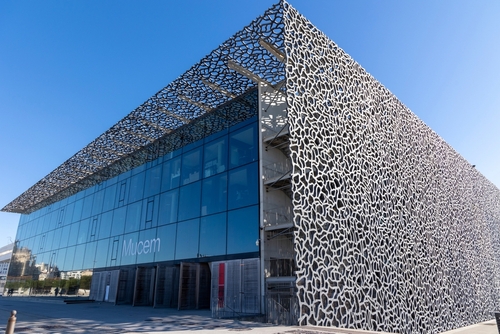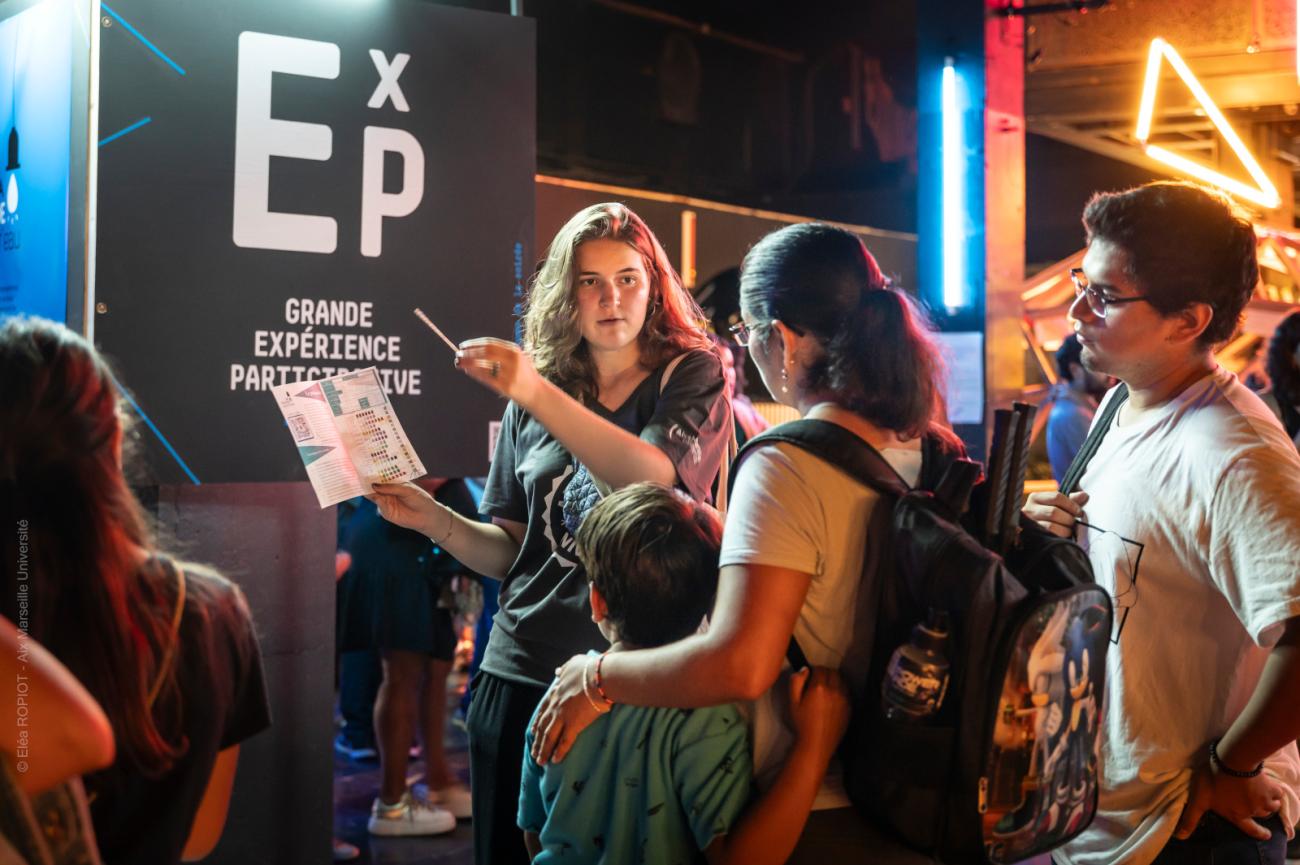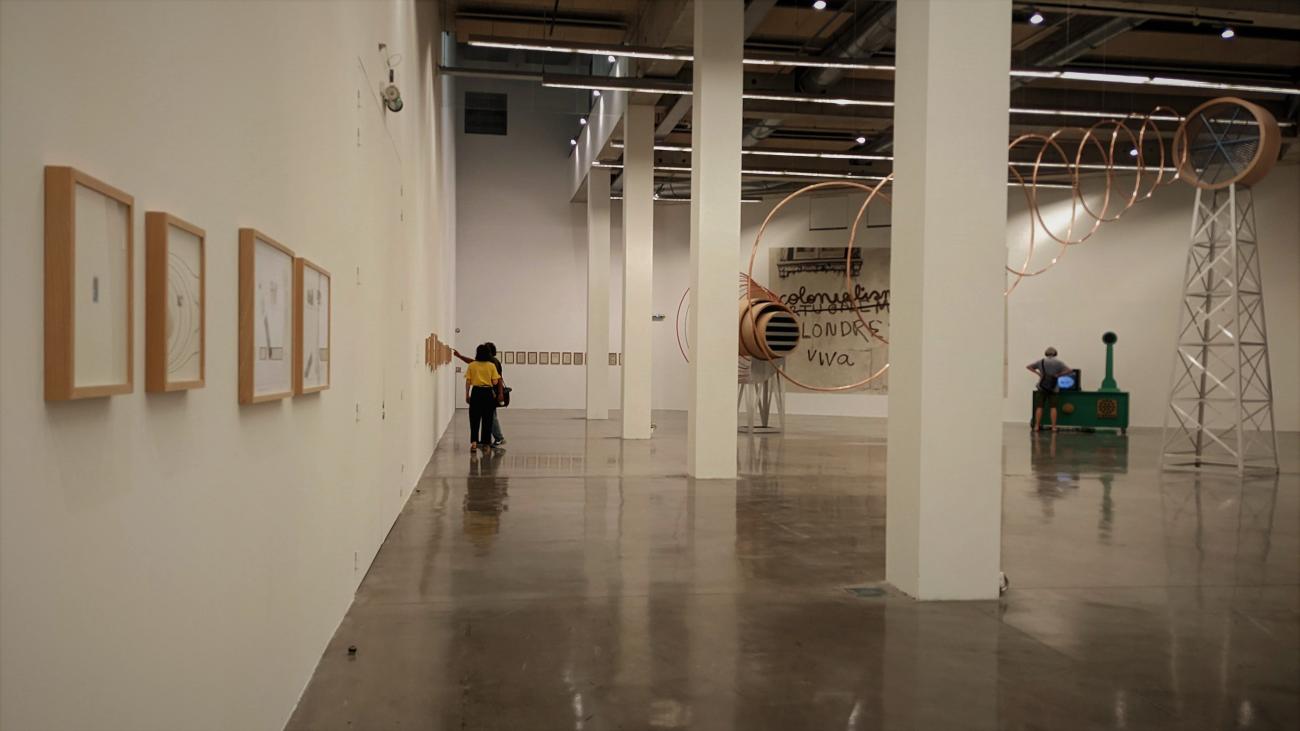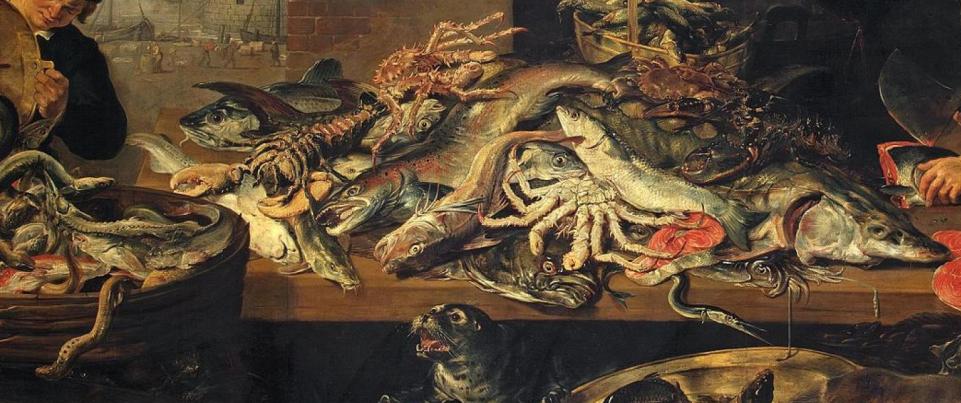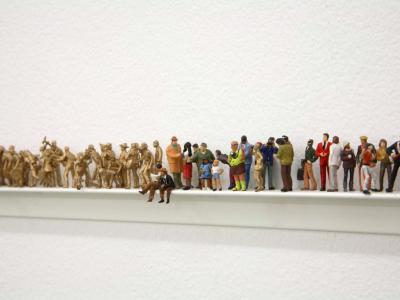
The Centre Méditerranéen de sociologie, de science politique et d'histoire (MESOPOLHIS) is home to a structure unique in France in its format: the Observatoire des publics et des pratiques de la culture. What would be the point of such an observatory? Why take an interest in culture and those who practice it? Interview with Sylvia Girel, sociologist and project coordinator.
Fanny Trifilieff: What is the purpose of an observatory of cultural audiences and practices?
Sylvia Girel : There are various types of observatory in the field of social science research in France, on a wide variety of subjects - inequalities, work, consumption, youth, etc. - but their overall aim is to observe, analyze and produce results and data to understand social phenomena and their evolution. The Observatoire des publics et des pratiques de la culture also has these objectives, but its specificity lies in its position at the interface between the worlds of research and the social and cultural worlds. We carry out studies, surveys and expert appraisals that enable us to describe and understand audiences, their practices, opinions and representations, and to make concrete recommendations. This answers to a strong demand in many areas of culture, but also to the need, in many cultural, scientific or other projects, to measure the impact of actions.
F.T: How did this project come about?
S.G : The idea stabilized during Marseille-Provence 2013. With the help of young researchers, I set up a study to understand practices and observe audiences during this year of the European Capital of Culture. But the idea had been brewing for years, thanks to my background as a sociologist. I realized that there were many existing structures and mechanisms for conducting studies on practices and audiences: the Ministry of Culture's Department of Forward Studies, Statistics and Documentation (DEPS), the Office de coopération et d'information muséales (OCIM), research consultancies and even the audience services within museums and cultural venues - I'm thinking, for example, of the MuCEM, with which we collaborate.
On the research side, there's also all the research carried out by sociologists and doctoral students as part of their research work, and when we're directly asked to carry out surveys, but for non-specialists it's difficult to identify and orientate oneself in all these surveys, and to know where to go if you want to have one carried out.
As far as the observatory is concerned, I started from the observation that there was no structure in place for territorial studies on a perimeter like Aix-Marseille's, for example, even though the territories are specific and the cultural offer, often very rich, has its own characteristics that differ from those of other territories. A second important point is that there was no structure linked to a university that relied on its researchers and involved students. So, to create an observatory of practices and audiences attached to a university, supported by researchers and whose field was its perimeter, was an innovative proposal and, to my knowledge, the only one of its kind in France. Many observatories exist, but not with these characteristics. For example, in the field of culture, there's the Observatoire des Politiques Culturelles in Grenoble, which works with academics and researchers, but it's a national body and targets cultural policies.
F.T: How was this idea perceived at the university?
S.G : Bringing together a team of around twenty young researchers to work on these issues during Marseille-Provence 2013 confirmed my belief that it was possible to build a real team around these issues over the long term. The next step forward came with the development of scientific culture surveys. On the one hand, a request from the Regional Council to find out more about middle and high school students and their understanding of scientific culture. On the other, Nicolas Claire, the Vice President of Culture and Scientific Heritage at the time, and the scientific culture unit were asked to support the project, which was designed to take a broader view of the audience and practices of the university's scientific culture activities.
The project for an observatory of cultural practices and audiences was also in line with the Ministry's desire to develop dialogue between "science and society". With this entry point through scientific culture, it was the perfect time to launch the project! With Nicolas Claire, we thought about it, I presented research results and methodologies on which to base ourselves, mobilized the young researchers with whom I was already working, Nicolas Claire in turn solicited other researchers and he presented and defended the project to the governance, it was accepted and obtained funding. After a few stages, it was decided that the observatory would be run by the laboratory to which I belong, MESOPOLHIS, and that I would coordinate it.
F.T: Why choose an observatory as a structure?
S.G : All the investigations I've been carrying out since my thesis have been very much oriented towards research-action, science and society, and I'm also very involved in research/creation. Today, this way of doing things is given greater prominence, and we're also expected to do a lot more in the way of popularization than we used to, but this may have been frowned upon a few years ago, as action research was considered less "scientific" by the academic world and aroused a form of mistrust from the cultural world. For my part, I've always worked collaboratively, in the field, with young researchers and in liaison with cultural players and venues. A structure such as an observatory is a perfect in-between. A laboratory can be feared by cultural and socio-economic players, who sometimes expect something very theoretical and out of touch. At the same time, it's only by working with research laboratories that they can benefit from real sociological surveys carried out by professionals, the results of which can be exploited over the long term, thanks in particular to their comparability.
F.T: How is the observatory organized?
S.G : When I launched the project, I immediately realized that it required highly qualified people to coordinate the surveys, which meant recruiting post-docs. I needed people on whom I could rely, who were trained in the specific methodology, and who had experience of the field and knowledge of its specific features. Thanks to the budget, I was able to recruit 2 post-docs (Maria Elena Buslacchi, Elisa Ullauri) and two research engineers (on specific projects, Alexia Cappuccio worked with Alexandre Joux at IMSIC and Sami Dendani with Sophie Gebeil at Telemme). Mesopolhis doctoral and post-doctoral students working on the Observatory's themes also get involved, for example Matthieu Demory. Then, during the deployment of surveys, we recruit interns, because I believe in training through research. Since it opened, the observatory has welcomed over fifteen interns. The current model is that I provide overall coordination by studying and validating the survey proposals we receive, and by responding to requests to present the observatory. Each survey then has a dedicated coordinator. Depending on the survey and the budget, we then recruit research managers, such as Gloria Romanello, who was already on the MP2023 team, and Rémi Boivin, recently recruited for a survey with the city and tourist office of Arles.
F.T: What protocol(s) are used for your surveys?
S.G: Our surveys are systematically adjusted, territorialized and built collaboratively. We can offer anything from a very small three-month survey, which simply costs the remuneration of an intern and his/her travel expenses, to a very large, more complex qualitative and quantitative survey. The survey is calibrated according to the experience and skills of the person conducting it (master's student, post-doctoral fellow or myself). The choice of methodology - questionnaires, interviews, focus groups or observations - is made as a team, taking into account our expertise and past experience.
The originality of this observatory lies in the scope of our work. We bring together a wide range of specialist skills and know-how in sociology, information-communication and anthropology, enabling us to respond to requests from within the university, while at the same time being able to make proposals to the outside world.
We publish articles in our Carnet de recherche, in thematic journals and carry out other promotional activities, notably by taking part in colloquia and meetings in France and abroad. Recently, for example, we presented the observatory via videoconference in Brazil, as part of the 20th anniversary of the Observatory of Museums and Scientific and Technological Centers in Rio de Janeiro.
F.T: Can you tell us about a few surveys that are currently underway?
S.G : All our current and future surveys are listed on the Observatoire des pratiques et des publics de la culture website. There are many different themes: scientific culture, arts-sciences, contemporary art, museums and institutions, digital arts, cinema and images... We're currently working with museums, the Frac Sud regional contemporary art fund, the Alhambra - Pôle Régional d'éducation aux images (regional image education center), the city of Arles, and so on.
One of the major surveys to come is the result of collaboration with Aix-Marseille Université's culture and society department, the SCD and the Théâtre Antoine Vitez. Its aim is to identify, describe and understand students' cultural practices. This will enable us to define their specific characteristics and track their evolution, so that we can link them to the local offer.
The survey is being carried out this autumn (ed. note: autumn 2023) via focus groups with students and individual interviews. Additional questionnaires and interviews are also planned. The participants in the first phase of this survey were unaware that the survey concerned their cultural practices. We are using a focus group approach, so that the way they think and talk about culture emerges naturally. It is planned that this survey will be repeated regularly among the student population, approximately every three years.
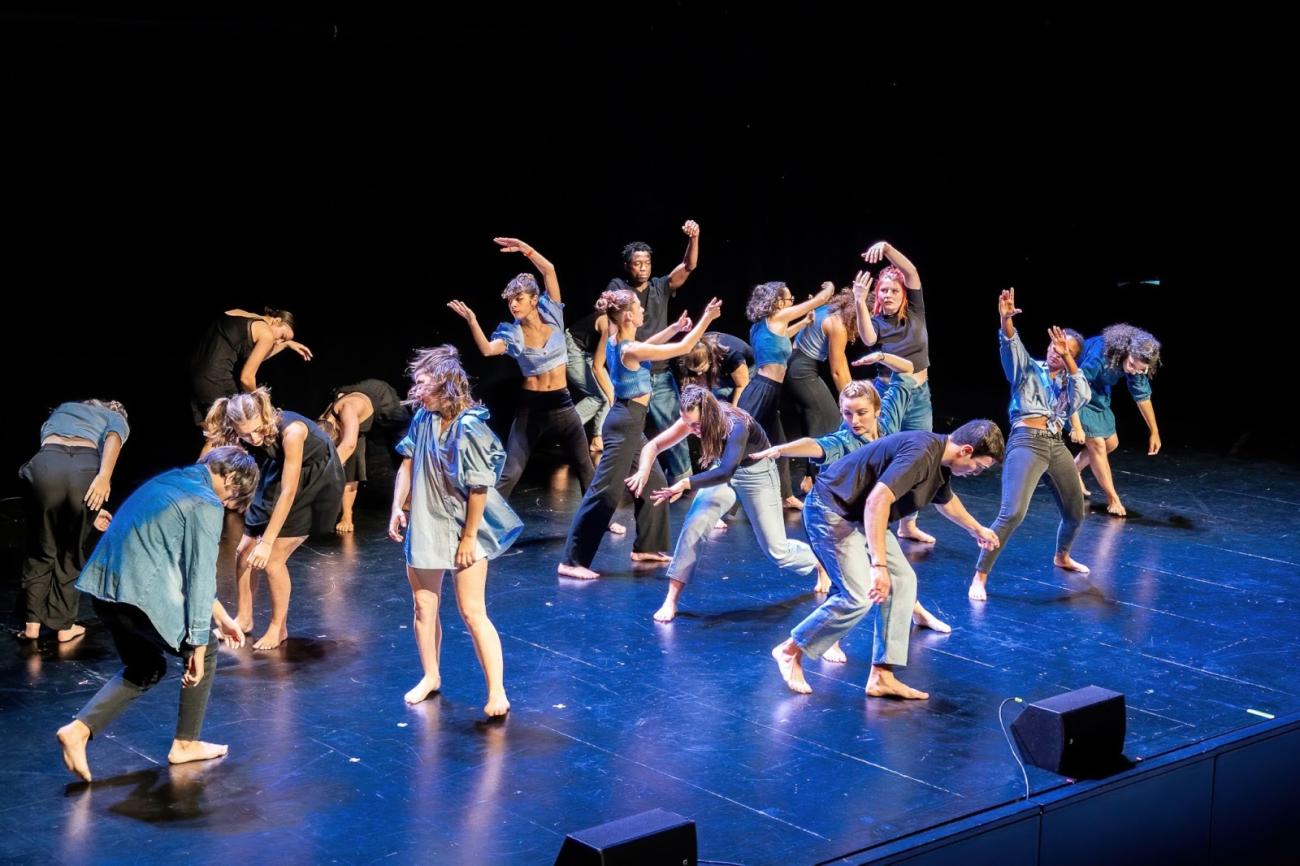
Photo of the DANSE'AMU company performing at Aix-Marseille Université's 10th anniversary event at Cepac-Silo on November 22, 2022. Credit: Z'ART FILMS Production/Agence It Com
Elisa Ullauri's survey of the audiences and non-audiences of the Fonds régional d'art contemporain (FRAC) PACA in the Joliette district is another major project. It's a very constructive partnership, as the project of Muriel Enjalran, director of the FRAC, is precisely to "create society", and to raise the question of audiences and practices in a given area. Maria Elena Buslacchi is also conducting a survey to map the players in scientific culture and mediation practices across the region, the results of which we'll be presenting shortly.
F.T: Finally, what are your future ambitions?
S.G : In the short/medium term, we'd like to put an open data platform online, thanks to the support of the Plateforme Universitaire de Données d'AMU and the help of Clément de Belsunce, to make our data accessible and share our protocols. We'd also like to create a collection on the HAL open archive dedicated to the observatory as early as next year (ed. note : 2024). We'll be putting articles, results slideshows and summaries up there when the sponsors agree to distribute them.
In the longer term, we could share this system, and use the observatory as a model for others at university level. All universities in France have departments of sociology, information-communication, anthropology, etc., and all are located in areas with specific cultural offerings: the model could be replicated! If more and more observatories of cultural audiences and practices were set up in France, this would open up the prospect of comparisons between cities, between regions, on a national scale, and so on. At present, everyone is working separately (the State, cities, museums, universities, etc.) and it's difficult to compare, because not everyone uses the same methods or indicators. And what is done on a national scale by the DEPS, for example, does not take into account local and territorial specificities.
For the next three years, we also have a new project that we've just launched: PubLiCS. We have been awarded funding under the A*Midex Transfert call for partnerships with the socio-economic and cultural world. This is doubly positive! It enables us to develop collaborative work on audiences and mediation with a wide range of partners (Marseille museums, the regional contemporary art fund, the Alhambra, the Marseille Capitale de la mer association, the Lica Laboratoire d'Intelligence Collective et Artificielle [Tiers Lab des transitions], the CISAM, the SATT...), and it shows that the model proposed with the observatory is in line with what is expected of researchers in terms of more links with the socio-economic and cultural worlds, to contribute to the dialogue between science and society.
To find out more about the Observatoire des pratiques et des publics de la culture, visit their website or on the "Carnet de recherche": Public(s).
Researchgate - HAL - ISIDORE
Header photo caption: 67% of French people have not visited a museum in the last 12 months, 2007, Guy Limone (collection, Antoine de Galbert)
Article published on January 24, 2024.


